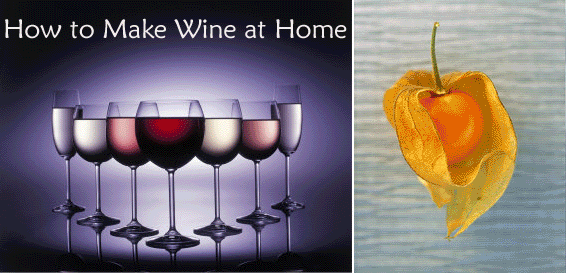viernes, 25 de septiembre de 2009
miércoles, 16 de septiembre de 2009
How to read a Wine Label ?

Reading a wine label can be as easy as reading the alphabet or as difficult as trying to decode a foreign language, it all depends on whose label it is and where it is from.
New World Wine Labels
New World labels tend to vere towards the straight-forward, "here's what it is" approach, with the grape varietal or blend clearly labeled, the producer, where the grapes were grown and the alcohol content right there in plain view.
New World wine labels are pretty user friendly, offering consumers a few key pieces of wine buying information. The varietal is listed on the label, making for less guesswork than many Old World labels. The producer, varietal, vintage year, region where grapes are grown, and alcohol content typically appear on the front label. The back label of all wine sold in the U.S. (regardless of whether it's originally from the Old World or New World) sports the government warning, "According to the Surgeon General..." and many contain the sulfite statement along with some witty wine wisdom and pairing preferences for the particular wine.
Anatomy of a New World Wine Label
Old World Wine Labels
Old World wines have a reputation for "masking" the key info., but with a little wine education, you'll find that this is not the case at all. If you know what to be looking for, you can easily decipher the pertinent label information with very little effort. Instead of the varietal being the primary piece of information on the Old World label, it is the location - where the wine is from. Old World wines are heavily invested in their individual terroir, not necessarily the specific grape, though if you know the region, then you will also have a pretty good handle on the possible grapes that made their way into the bottle.
For example, red wines from villages that lie on the river's "right bank" in Bordeaux will have predominately Merlot grapes in the blend, while the "left bank" Bordeaux producers will lean more heavily on Cabernet Sauvignon grapes. This same terroir, location-driven philosophy is manifested all over Europe when it comes to wine. Know the place and you'll know the grapes, know the grapes and you'll know the majority of the wines throughout a region.
For more information: Click Here
Suscribirse a:
Entradas (Atom)
